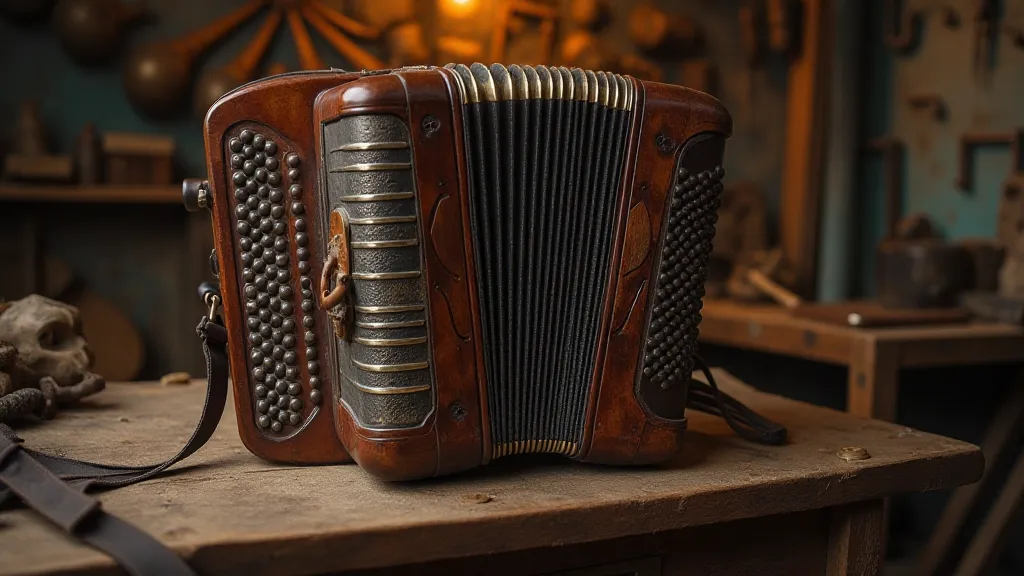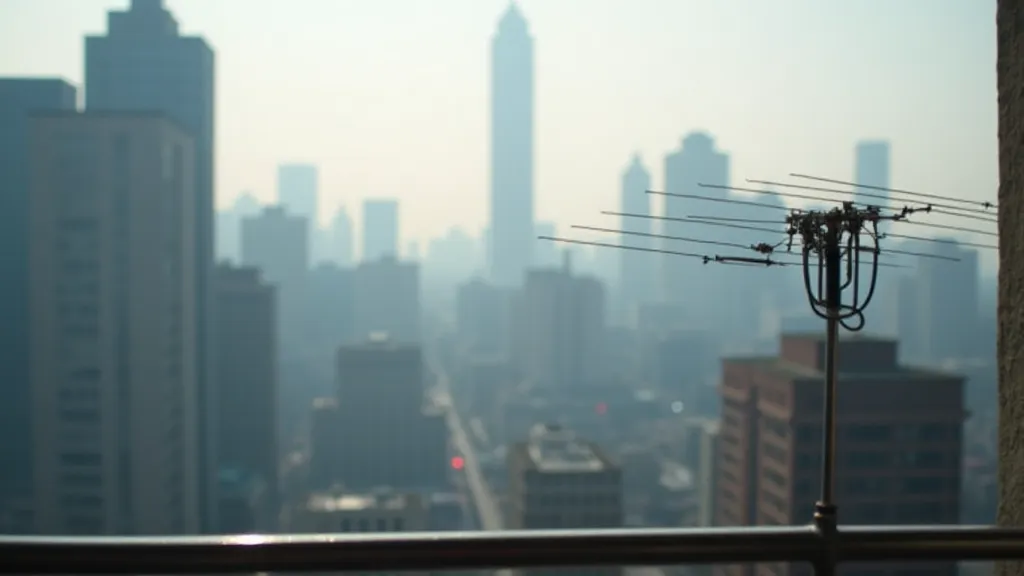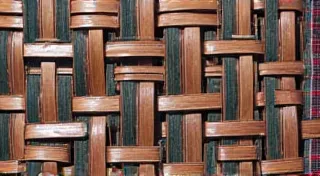The Architect of Signals: UHF Antenna Building for the Urban Landscape
There's a peculiar kind of reverence I find myself holding for antique accordions. Their bellows, like the lungs of a long-departed musician, whisper stories of smoky dance halls and heartfelt melodies. Each button and reed, meticulously crafted, represents hours of labor – a testament to a skill now largely lost. Building a UHF antenna in a crowded urban environment feels, in a way, analogous to restoring one of those accordions. It demands patience, ingenuity, and a deep respect for the principles at play. It’s about coaxing beauty and functionality from a challenging space, much like breathing life back into a silent instrument.
For the ham radio enthusiast living in a city, the dream of distant contacts can seem almost impossible. Towering buildings, dense foliage, and an ocean of electronic noise conspire to limit our reach. Yet, surrender is not an option. It’s in these constrained environments that we truly become architects of signals – engineers who must understand, adapt, and overcome.
The Urban Propagation Puzzle
Unlike the open fields and clear skies favored by many rural operators, the urban landscape presents a unique set of challenges. Multipath propagation is rampant. Signals bounce off buildings, reflecting and refracting in unpredictable ways. What appears to be a direct path can be a complex web of interfering waves. This creates phantom signals, fades, and distorted audio. It’s a swirling chaos that demands a thoughtful approach. Simply erecting a large antenna isn’t a guaranteed solution; in fact, it can often exacerbate the problem.
Consider the analogy of a concert hall. A magnificent structure, but if the acoustics are poor, even the most talented orchestra will sound muddy and indistinct. Similarly, a powerful UHF signal poorly deployed in an urban setting will be less effective than a more modest antenna strategically positioned.

Understanding UHF and Its Urban Hurdles
UHF frequencies (typically 400-900 MHz) are particularly susceptible to urban propagation issues. Shorter wavelengths mean greater sensitivity to obstacles. Building materials like concrete and metal (common in city construction) act as strong reflectors and attenuators of radio waves. Interference from Wi-Fi routers, cell towers, and other electronic devices is also a constant battle. Even the placement of internal wiring in your apartment building can significantly impact your signal.
RF principles become paramount here. Understanding impedance matching, SWR (Standing Wave Ratio), and antenna gain is no longer a matter of academic interest; it's essential for survival. A poorly matched antenna not only reduces signal strength but can also damage your transceiver. The careful application of a balun, a simple device that balances the signal and prevents common-mode currents, can often make a world of difference.
Practical Solutions for the Constrained Ham
So, what can a city-bound ham do? The good news is, there are solutions. They just require a bit more thought and creativity.
1. Vertical Ground Plane Antennas: A Surprisingly Effective Choice
Don’t underestimate the power of a simple ground plane antenna. These are particularly well-suited to urban environments. Their relatively low profile allows them to be deployed on balconies or even indoors. By using multiple radials (wires extending outwards from the vertical element), you can effectively simulate a larger antenna and improve its performance. The radials don’t need to be perfectly straight or even horizontal; a somewhat haphazard arrangement can still provide significant benefits. Experimentation is key.
The construction is straightforward: a vertical element (typically a copper pipe or wire) and several radiating wires extending outwards. Impedance matching can be achieved through careful selection of wire length and diameter.
2. Balconies and Rooftops: Claiming Your Airspace
If you have access to a balcony or rooftop, even a small area can be transformed into a valuable antenna location. Remember to check with your landlord or building management before erecting any antenna. A simple wire antenna, suspended horizontally between two points, can provide surprisingly good performance. This "sloper" configuration benefits from height and can often avoid direct line-of-sight blockage.
3. Indoor Antennas: A Last Resort (But Sometimes Surprisingly Good)
Indoor antenna use requires a very careful placement. Experimenting with the antenna's position can be revealing. Proximity to windows or exterior walls can sometimes improve signal reception. However, be aware that internal wiring and appliances can introduce significant interference. A directional indoor antenna can help you focus on desired signals and minimize unwanted noise. Consider using a noise reduction filter to clean up the received signal.

The Art of Improvisation: Adapting to the Urban Landscape
Building antennas in urban environments isn’t just about following plans; it’s about problem-solving. It’s about observing, analyzing, and adapting. Like a restorer patiently uncovering the original beauty of an antique accordion, we must learn to discern the subtle nuances of our radio environment. What appears to be an obstacle might, with a little ingenuity, become an asset. A nearby metal railing could be incorporated into the antenna system. A seemingly insignificant reflection could be harnessed to extend our range.
4. Understanding the Importance of SWR
Always measure your SWR. A high SWR indicates a mismatch between the antenna’s impedance and the transceiver's output impedance (typically 50 ohms). This can damage your equipment and reduce signal strength. An SWR meter is an essential tool for any ham. A simple T-match network can often be used to correct impedance mismatches. Careful tuning of this network is critical.
The Reward: Connecting Across the Concrete Jungle
The challenge of UHF antenna construction in an urban landscape is significant, but the rewards are immeasurable. It's about more than just making a contact; it’s about overcoming obstacles, expanding our understanding of RF principles, and demonstrating the ingenuity of the human spirit. Like the musician coaxing a beautiful melody from an antique accordion, we can find a powerful connection in the midst of the concrete jungle.






